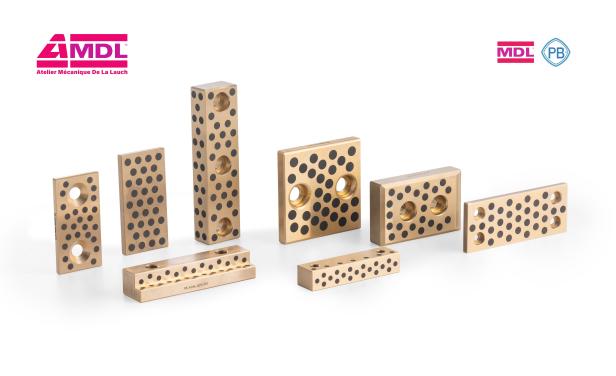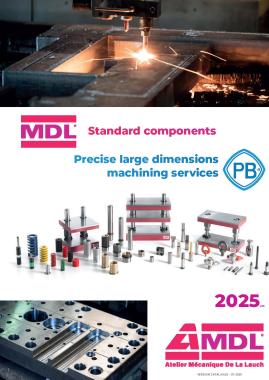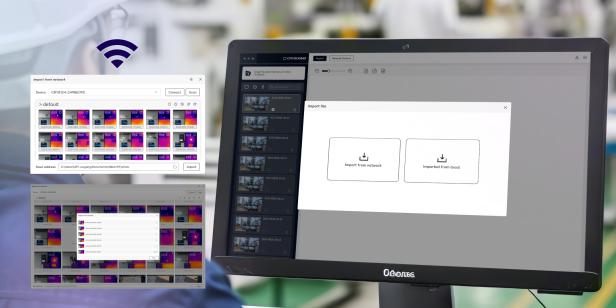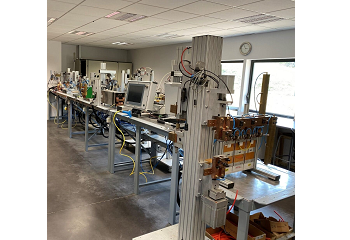Ultrasonic bolt tension measurement: a new industry standard
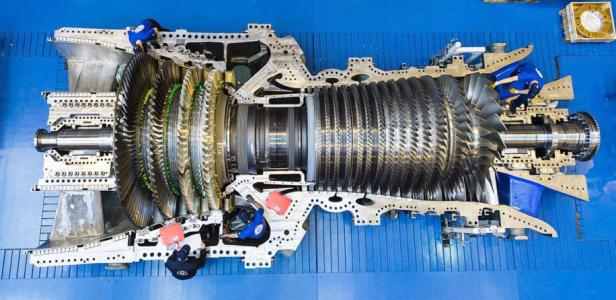
Bolt load measurement
The necessity of measuring bolt tension has become essential in many industrial sectors, such as automotive, energy, railways, aerospace, and heavy industry. These particularly sensitive fields require precise tightening and measuring tools. Indeed, the reliability of these tools is crucial to ensure optimal maintenance of mechanical assemblies, guarantee operational safety, and prevent potential failures or breakages.
In a context where quality and performance are paramount, the ability to accurately measure bolt tension is strategically important, directly contributing to the reliability and durability of equipment and structures. This article will explore the use of ultrasonic bolt load measurement.
Thinking in tension: from the design office to the tightening operation
During the design phase, the engineering office determines the sizing of the assembly and the materials used to meet specific mechanical strength objectives. This approach is based on the concept of tension tightening. In 90% of cases, the tightening process is implemented by applying a tightening torque when defining assembly methods. Despite the existence of charts and calculation formulas, it is impossible to establish a direct link between torque and tension precisely because numerous parameters can cause significant variations in the applied tension (mainly the range and dispersion of the friction coefficient and the precision of the tool).
This conceptual and operational gap disrupts the product development and industrialization process. To address this discontinuity, designers double their safety margins on all the parts they design and the bolts they specify as a precaution. The consequences are significant: assemblies are oversized, making assembly more difficult and time-consuming, and maintenance and operational costs are higher. Mastering tightening tension helps reduce these factors by restoring continuity between the different services: all teams work in tension.
What does ultrasonic bolt tension measurement consist of?
The measurement principle is simple. It involves measuring the elongation of the bolt or stud under the influence of the tension generated by the clamping force. Since this elongation is proportional to the tension (assuming we are limiting ourselves to the elastic domain for now), it becomes possible to deduce the tension by simply applying a coefficient.
The ultrasonic transducer placed on the head of the bolt or stud acts as a transmitter, transforming the electrical impulse provided by the measurement system into an ultrasonic wave that propagates longitudinally through the material of the bolt. Then, as a receiver, it collects the weakened ultrasonic wave that has reflected off the bottom of the bolt, converting it back into an electrical signal to be processed by the measurement system.
The ultrasonic transducer, placed on the head of the bolt or stud, performs this operation, which is repeated at a frequency of several hundred or thousand times per second.
With each "shot," the measurement system times the elapsed period between the pulse emission and its echo return. Although the principle is similar to sonar, the high speed of ultrasound propagation (about 5800 m.s-1 in steel) and the required resolution for elongation (a few micrometers) demand a time measurement resolution on the order of nanoseconds (1e-9 s).
For more details, discover the article on the bolt load measurement method.
Ultrasonic length: the central concept
The term "ultrasonic length" refers to the time measured by the system. It is not necessary to know the ultrasonic propagation speed in the material precisely. Initially, at rest, an ultrasonic length Li is measured. After tightening, in the final state, an ultrasonic length Lf is measured. This ultrasonic elongation (Lf - Li) results from two factors: the mechanical elongation of the bolt and the decrease in the ultrasonic wave propagation speed due to the tension introduced into the material.
Generally, the effect of speed predominates significantly and varies according to the material. Although the system cannot distinguish these two causes, research, including that conducted by CETIM in France over forty years, has demonstrated that their combination is proportional to the tension, making the method applicable.
The proportionality ratio between the ultrasonic elongation (the measured quantity) and the bolt load is established by prior calibration of the assembly. A model representative of the assembly (with the same type of screw and over the same tightened length), is subjected to calibrated forces, for example on a traction machine. For each tension value measured by the traction machine, the measuring system records the corresponding ultrasonic elongation. The system then calculates and records the proportionality coefficient K, expressed in daN.ns-1 or kN.ns-1.
Voltage (daN) = K x Ultrasonic elongation (ns)
The TRAXX-M2 bolt tension monitoring system
The TRAXX-M2 device is one of the systems that allows these measurements to be carried out. The TRAXX-M2 is an ultrasonic bolt tension meter which allows the tightening of screwed assemblies to be controlled with very high precision. It makes it possible to control the quality of assemblies on site and to control the tightening of screwed connections.
Our other news
See allJoin the largest community of industrial suppliers
- Helping you with your ongoing technology watch
- Provide you with detailed supplier statistics
- Give you international visibility
Discover the largest catalogue of industrial products on the market
- To offer you the best catalogue of industrial products on the market
- To guarantee you a 100% secure platform
- Enable you to have live remote exchanges


 Français
Français 